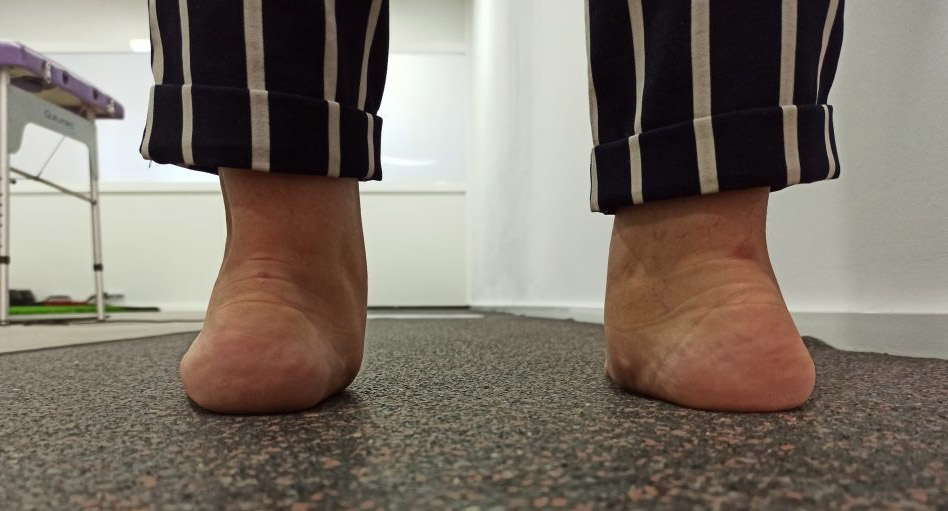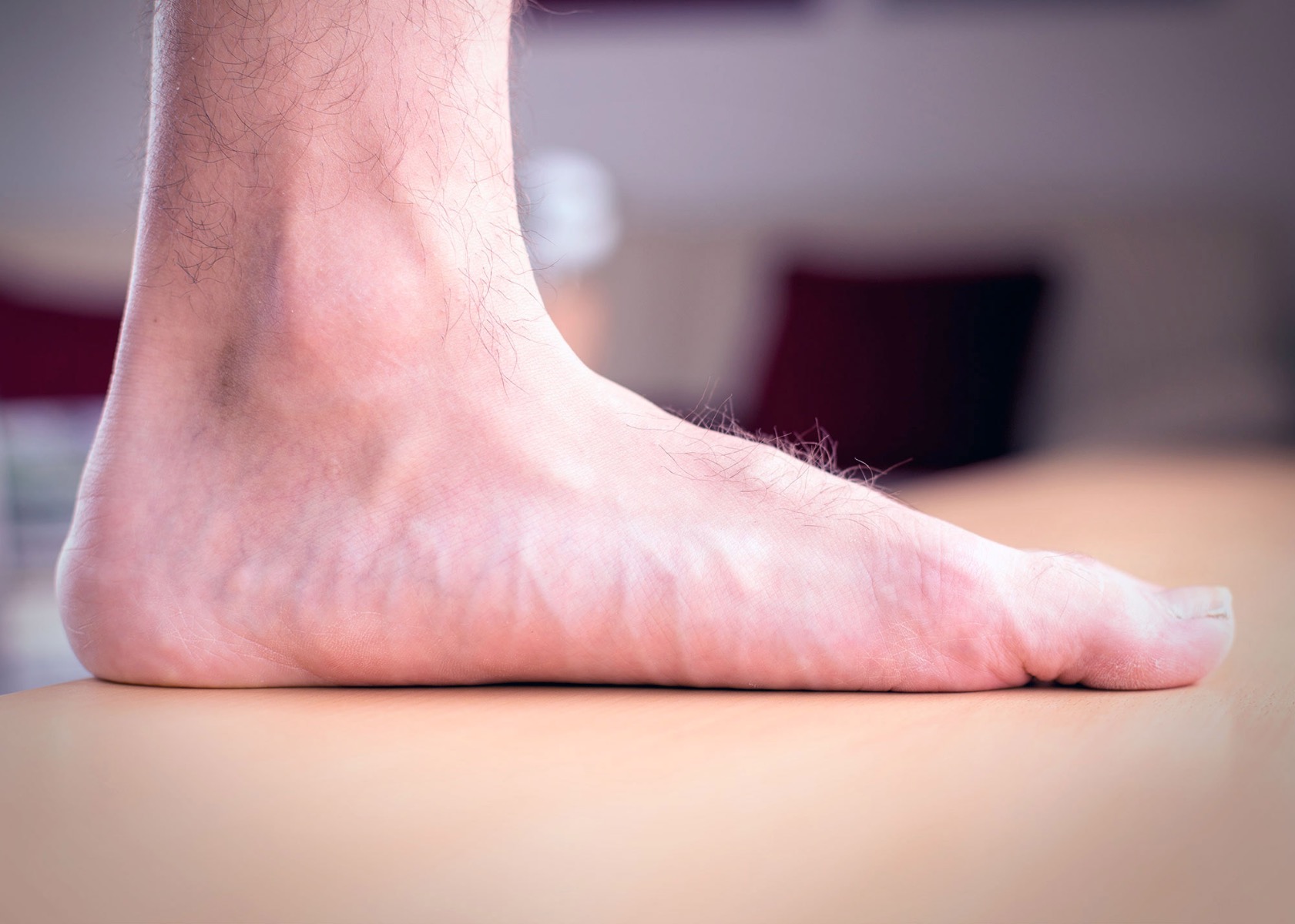What is: Flat Feet (Pes Planus)

Pes planus otherwise termed as flat feet is a biomechanical problem experienced by a surprisingly high percentage of the population. Flat feet are a condition where the arch of the foot appears flattened. This causes the foot to roll inwards in order to gain contact with the floor and support the weight of the body, and is the main clinical feature of excessive pronation.
The first image below shows the obvious physical signs of a flat foot. You can see the arch of the foot is virtually non-existent which causes the foot to roll inwards.

Inward turning foot (pronating)
What causes of Flat Feet?
Pes Planus or Flat Feet can occur in people of all ages and is very common. However, older generations can be more susceptible to over pronation and flat feet because they tend to partake in lower levels of physical activity and gain weight with age, which can disturb the biomechanical balance of the foot.
Pes Planus or Flat Feet are most commonly a congenital condition but can also be acquired as a result of the foot being repetitively subjected to hard surfaces eventually weakening the arch of the foot. In today's world of concrete and tarmac it is therefore not surprising that this condition is becoming more and more frequent in people of all age groups.
Other causes of flat feet can include: obesity and pregnancy.
Further Problems caused by Flat Feet
It is important that treatment is sought for these conditions as they can lead to further problems. When the foot's ability to absorb shock diminishes the foot is subjected to increased pressure, which can cause other foot, knee and back problems such as:
- Corns and Calluses
- Plantar Fasciitis (heel pain)
- Patello-Femoral pain (knee pain)
- Achilles Tendonitis (ankle pain)
- Morton's Neuroma (swollen trapped nerve)
- Hallux Abducto Valgus (bunions)
- Metatarsalgia (ball of the foot pain)
- Lumbo-Sacral Pain (lower back pain)
- Aching legs
Prevention & treatment
Pes Planus can be effectively treated with orthotics (special insoles) that provide biomechanical support and help feet to function more efficiently. The most effective orthotics are those which are custom made to fit your foot, but in many cases a non-prescription orthotics or orthtoic insoles with good arch support can be used.
The orthotic should provide both support for the longitudinal arch and medial rear foot posting to combat over pronation. Orthotics should be combined with supportive footwear that fits the foot correctly and contains a firm, low heel.
Please note: It is advised that you see your GP or Podiatrist/Chiropodist if the pain doesn't respond to non prescription insoles as listed above. They may then prescribe a custom orthotic.


